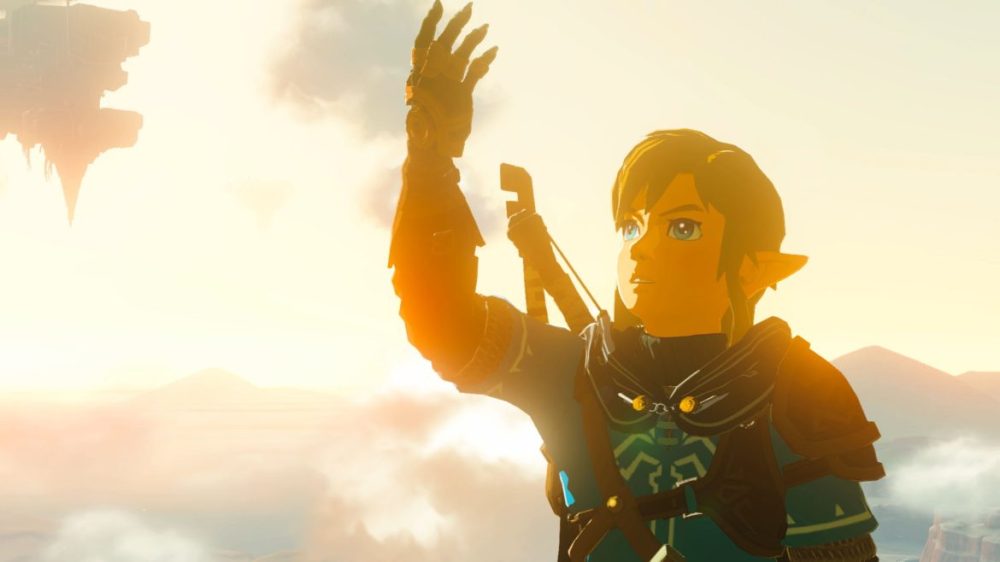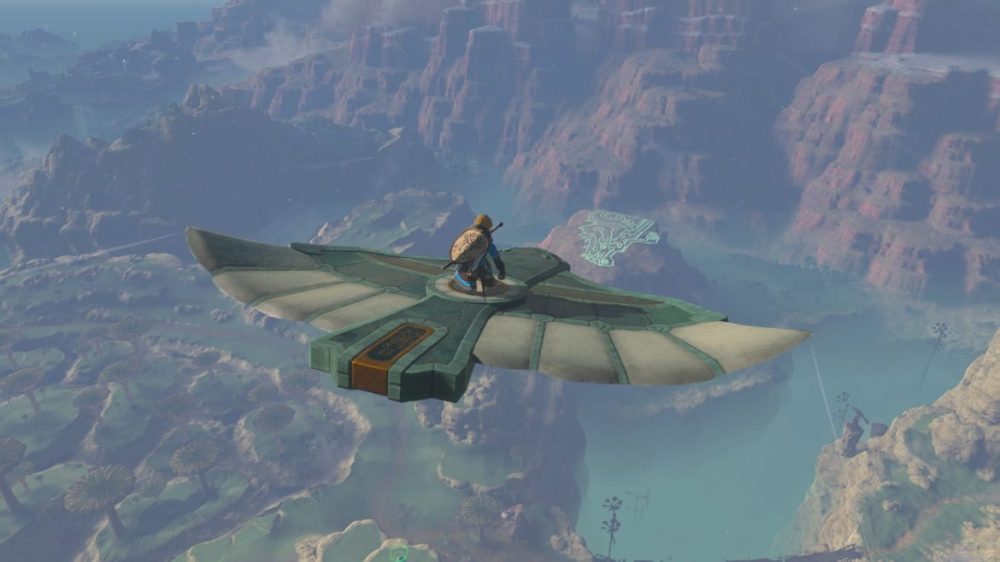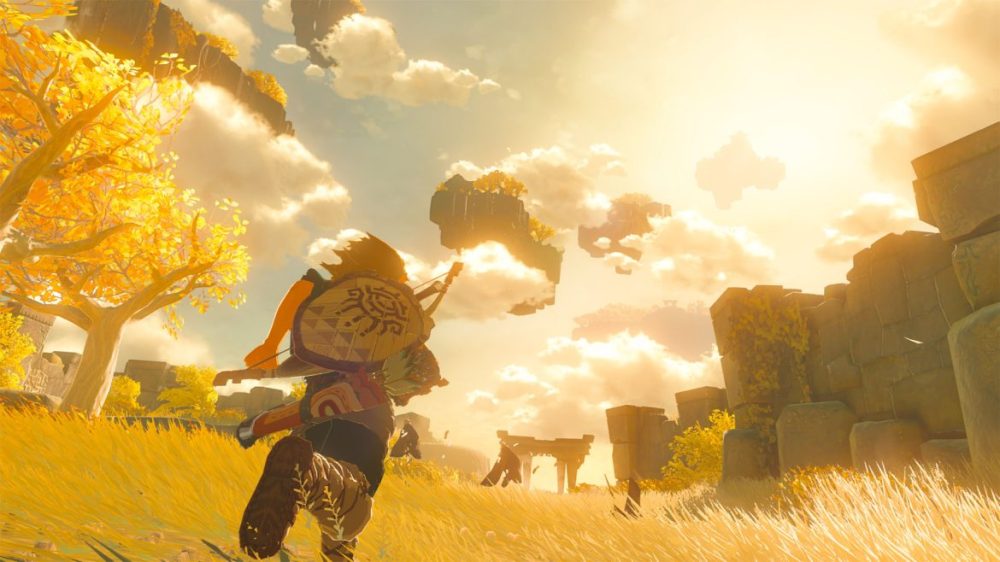TL;DR
Tears of the Kingdom builds on Breath of the Wild's open-world freedom, introducing a magical new arm with awesome crafting and traversal abilities, plus a whole new sky island layer to explore. Visually stunning with anime-like graphics, it runs well on Switch, though occasional frame dips occur. The game champions player creativity with its sandbox-style building mechanics, akin to Minecraft, but can sometimes leave main quest guidance a bit vague, requiring experimentation. If you loved Breath of the Wild or crave a massive, immersive adventure where your ingenuity is key, this is a must-play. Dive into the full review to see if it lives up to the hype!
When Breath of the Wild launched alongside the Nintendo Switch in 2017, it propelled the established Zelda franchise into the popular sandbox/open world genre. Players were presented with the option to immediately confront the final boss, though likely with swift and decisive results. While the open world offered extensive freedom in exploring side quests at the player’s own pace, it also introduced the challenge of maintaining focus on the primary storyline. Tears of the Kingdom, a direct sequel to Breath of the Wild, refines many aspects of its predecessor while further embracing this design philosophy.

Tears of the Kingdom initiates its narrative with immediacy. Link and Zelda, exploring ruins beneath Hyrule Castle, encounter an ancient malevolence. This encounter leaves Link stripped of his strength, reduced to three hearts, and bereft of his right arm. The missing limb is replaced with a mysterious, magically imbued arm, which grants him new abilities such as object assembly, weapon augmentation, and the manipulation of movement. The game world features a network of islands in the sky, encouraging exploration, boss encounters, Shrine challenges, and the discovery of new abilities and recipes.

Photo: Nintendo
Visually, Tears of the Kingdom represents a step forward. While Breath of the Wild was already visually impressive, Tears of the Kingdom enhances the cel-shaded aesthetic, creating an experience reminiscent of Japanese anime, with notable improvements to water effects, day/night cycles, and lighting. The sound design and music retain a familiar feel, and loading times are minimal. The Nintendo Switch, now in its seventh year, demonstrates its continued viability, highlighting Nintendo’s ability to optimize games for the platform. Performance-wise, Tears of the Kingdom exhibits occasional frame rate dips, particularly during graphically intensive sequences, where techniques like fog are employed to manage the expansive open world. Despite these minor issues, the overall technical performance is commendable. In portable mode, the resolution is reduced, which can improve performance. Experimentation may be worthwhile, although a large screen with 4K upscaling and graphic enhancement via mClassic offers a visually sharper experience.
Tears of the Kingdom offers a vast and immersive world. Players can spend countless hours exploring its environments, uncovering hidden caves, and discovering secrets. The game offers both guidance and considerable challenge. For example, the Wings, accessible early on, allow for rapid traversal. However, their effective use requires player ingenuity, as their flight path isn’t always obvious. The game encourages a Minecraft-esque approach to building gadgets, vehicles, and contraptions using Link’s new abilities. This element of experimentation can be both enjoyable and demanding, testing the player’s patience and resource management. Similar to Breath of the Wild, Link’s stamina gauge limits climbing, swimming, and running, adding to the difficulty.

Photo: Nintendo
One area for potential improvement is the guidance provided for the main quest. The Witcher 3 serves as a strong example of a large, open world that effectively guides the player without creating confusion. While Zelda provides a marker point, the path to reach it can be unclear. Additionally, the game necessitates resource collection and experimentation with recipes to achieve specific effects when cooking or creating elixirs. The “add to recipe” system, which provides Link with necessary ingredients after successful composition, is beneficial. However, the initial experimentation may require players focused on the main storyline to consult external resources.

Photo: Nintendo
Overall, Tears of the Kingdom is a remarkable achievement that invites extended immersion. Its vast open world and design choice of limited hand-holding may present challenges, but for players who enjoyed Breath of the Wild or are fans of open-world adventure games, it represents a premier gaming experience.
Nintendo provided a review code for this assessment. Provision of materials does not influence editorial objectivity.

